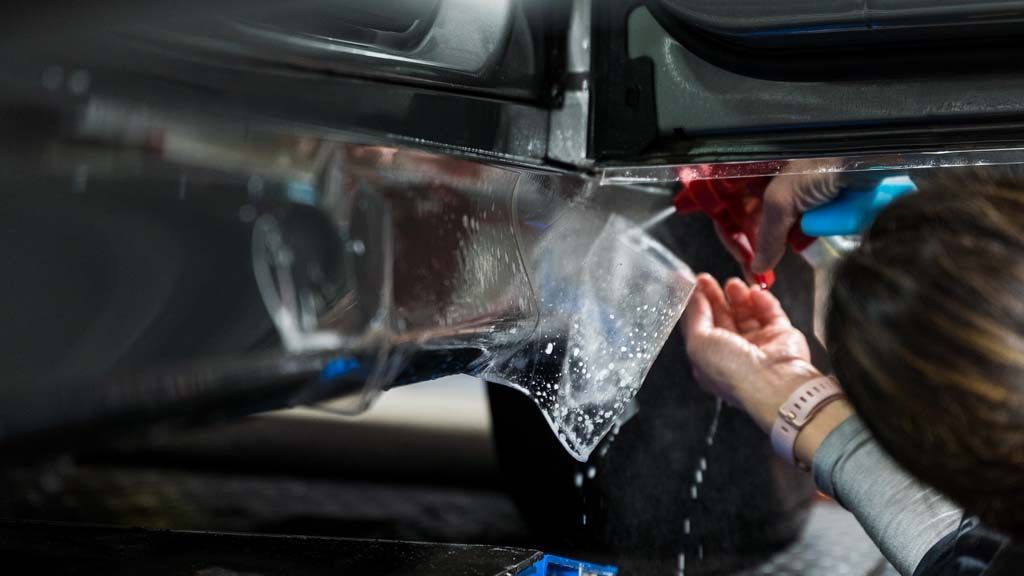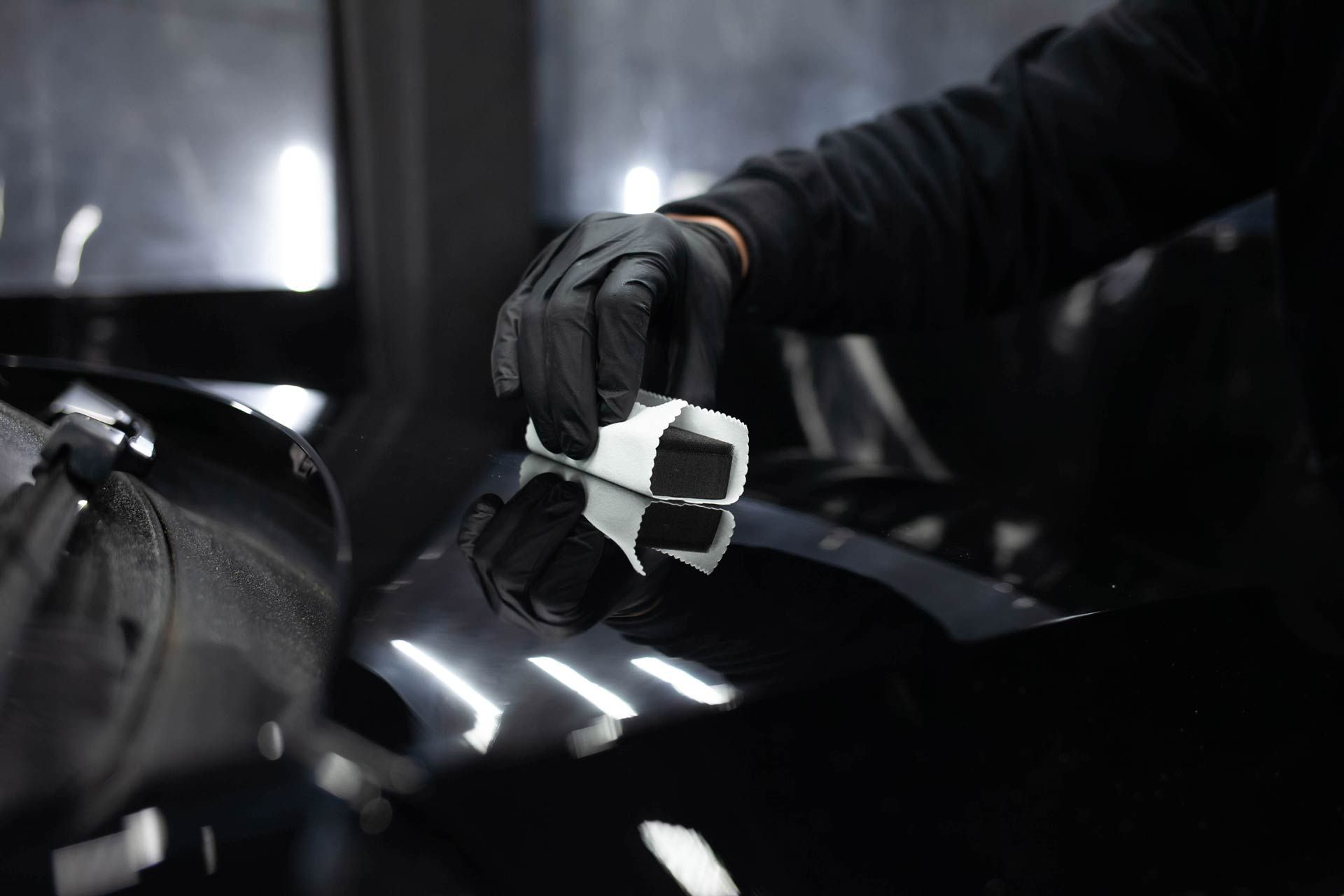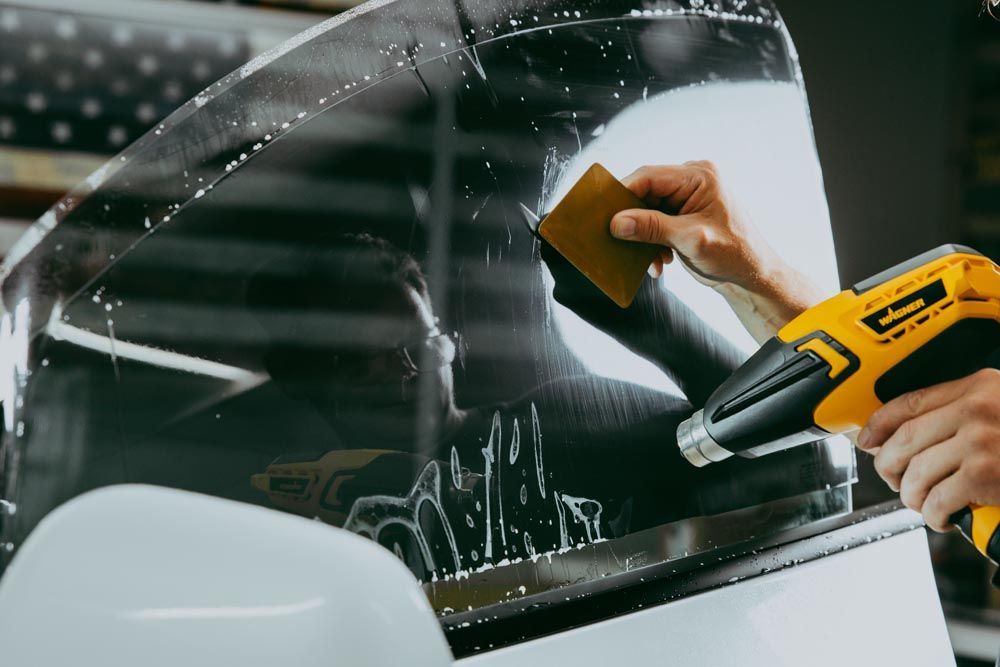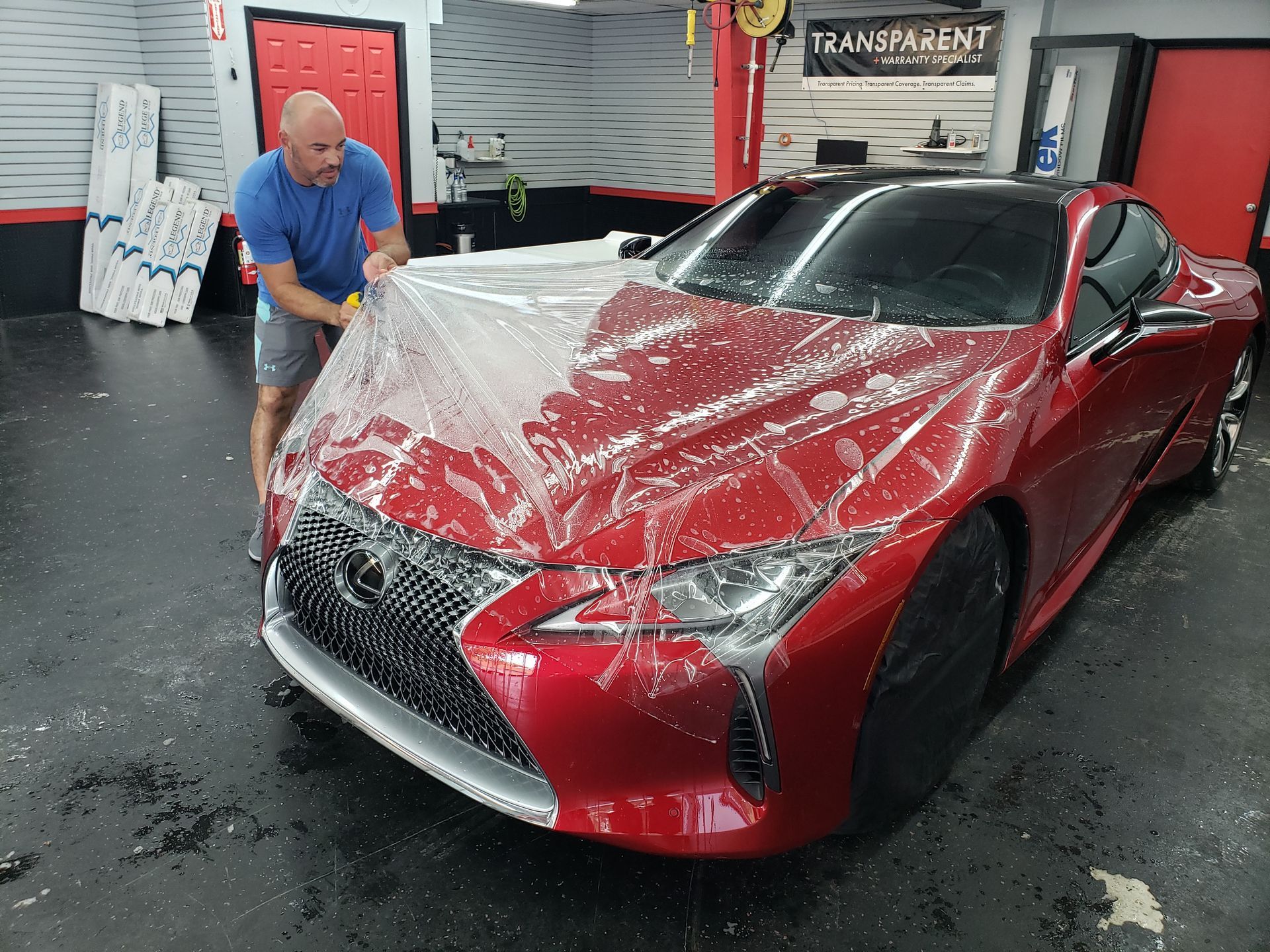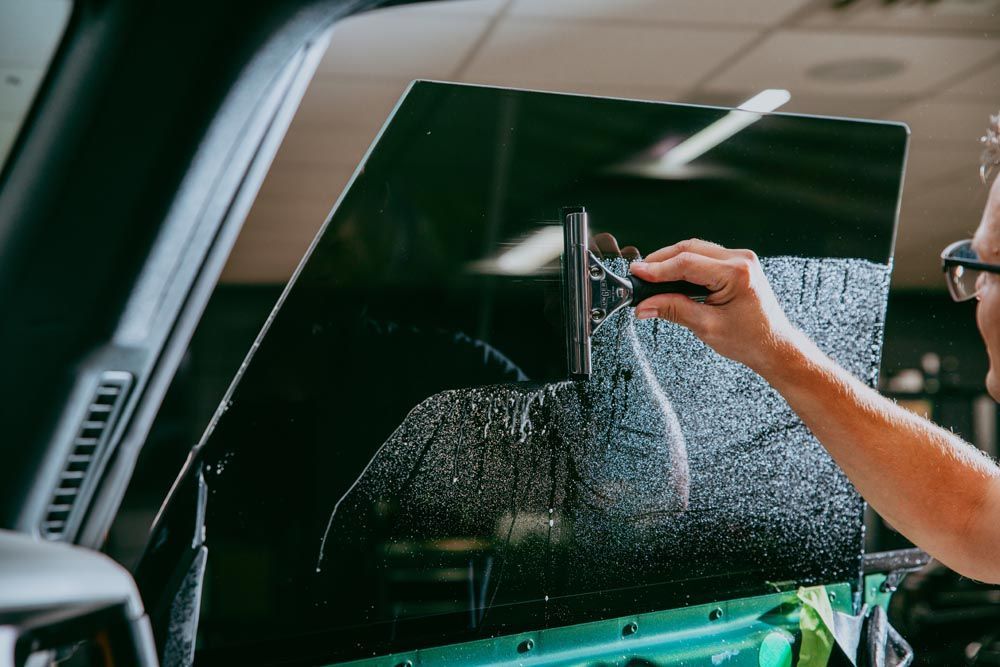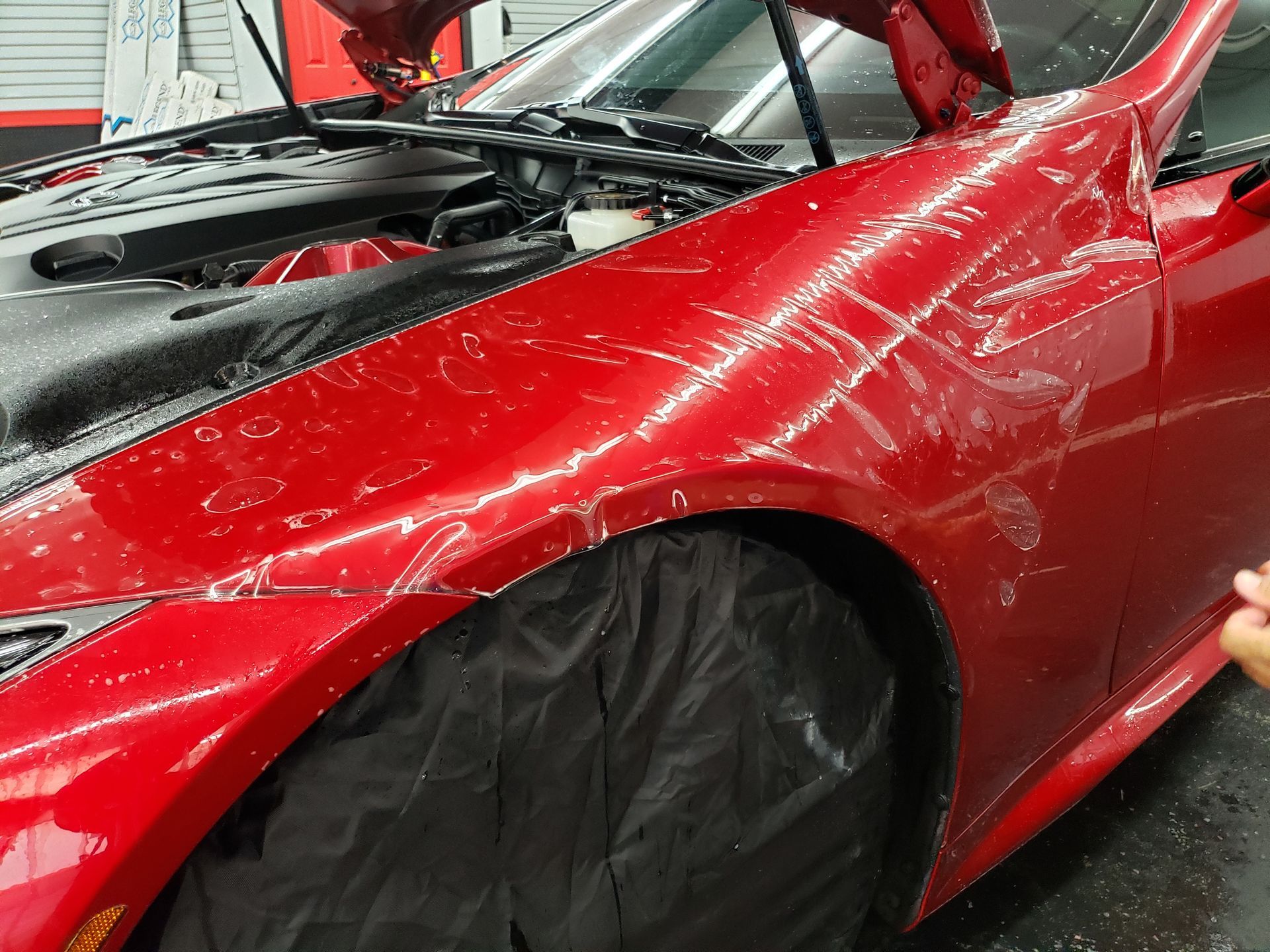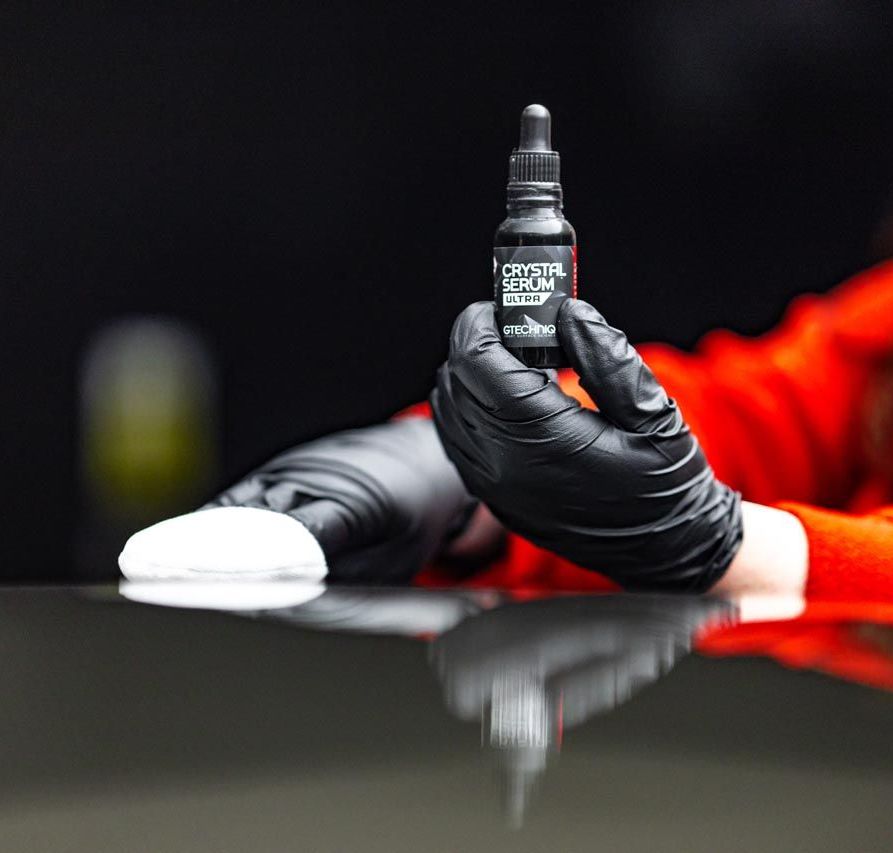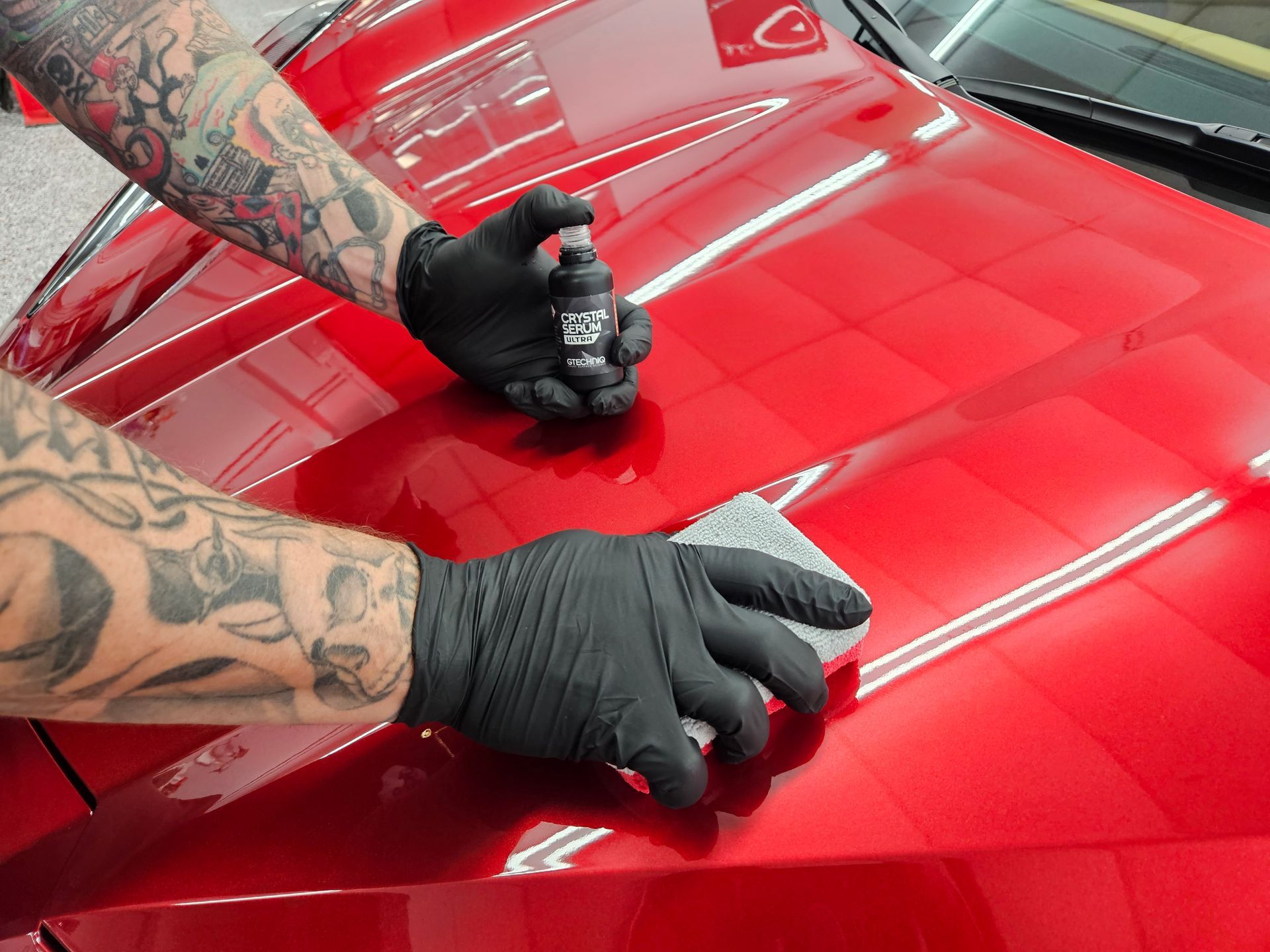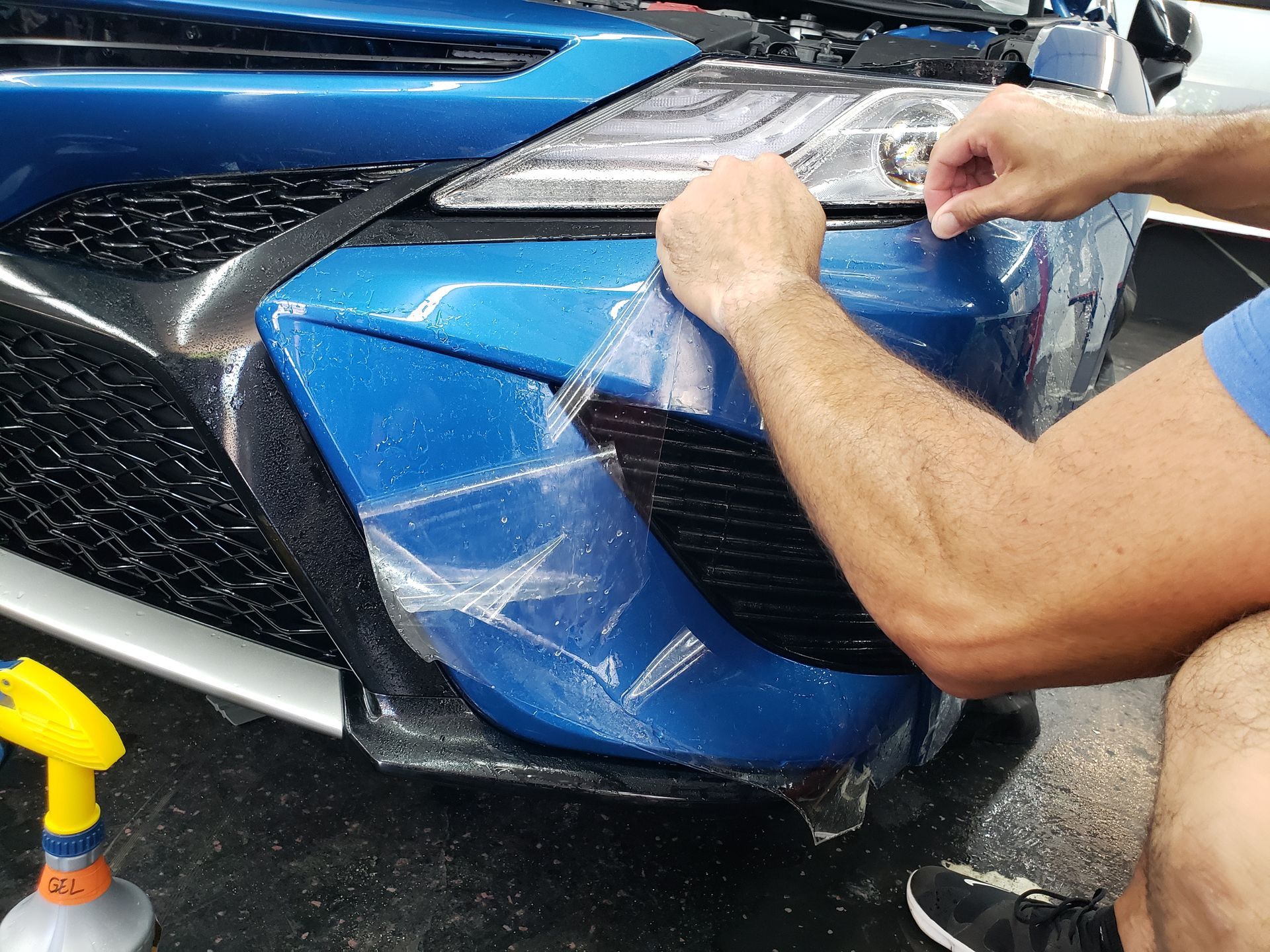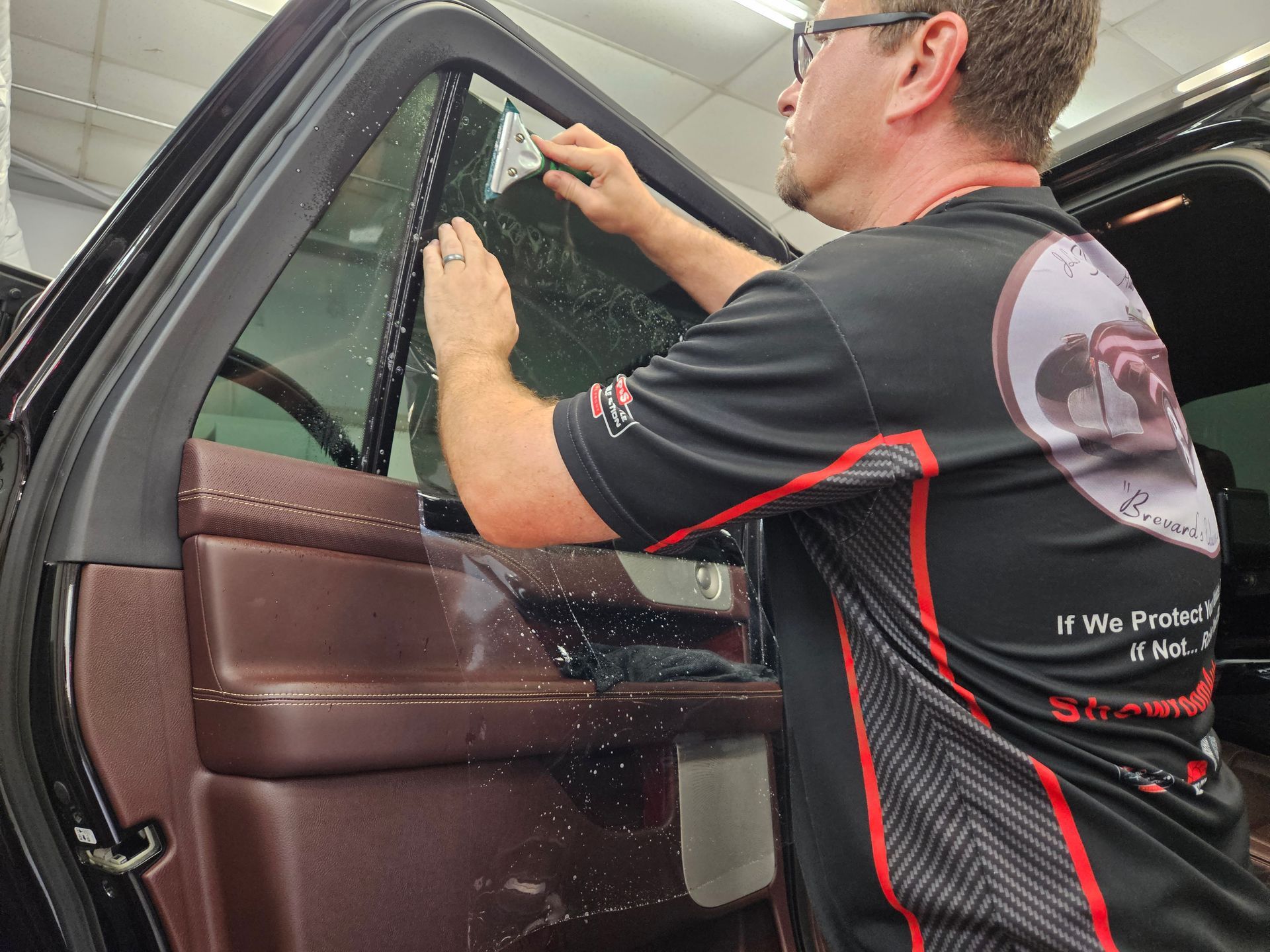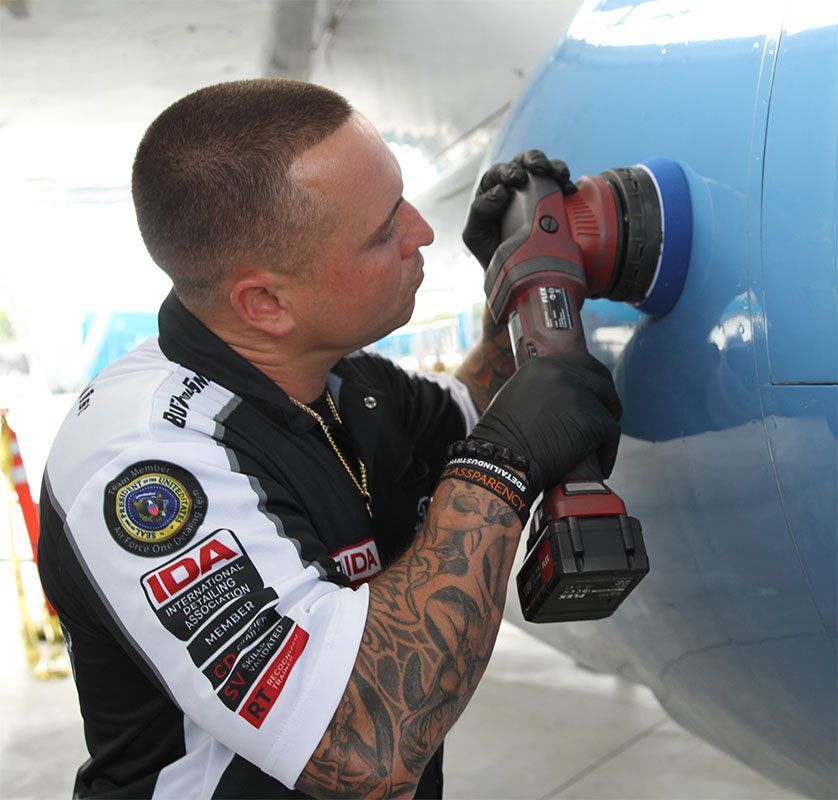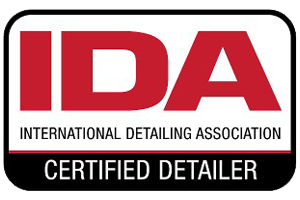The Importance of Reapplying Ceramic Coating for Optimal Protection
Reapplication of the ceramic coating is vital for maximal protection of your vehicle. Elements like weather conditions, car usage, upkeep, and other environmental factors can degrade the coating's longevity. One might think that sunshine and daily drives are harmless; in truth, exposure to sunlight leads to oxidation, diminishing the coating's resilience. Just as you wouldn't ignore changing engine oil, it's equally crucial to pay attention to your vehicle's ceramic coating too, especially if it braces harsh environments or potent cleaning chemicals frequently.
The ideal timeframe to consider reapplying ceramic coating for maximum protection is generally every 2 to 5 years. Factors such as exposure to harsh weather, UV rays, and pollutants can impact the effectiveness of the coating, so keeping an eye out for diminished water beading and reduced surface slickness are indicators that it may be time for a new application. Regular maintenance and gentle washing with pH-neutral cleaning products can help extend the lifespan of the coating.
Reapplication Timeframe of Ceramic Coating
Reapplying ceramic coating to your car plays a vital role in maintaining its protective qualities. Typically, it's recommended to reapply ceramic coating every 2 to 5 years for most vehicles; however, this timeframe isn't set in stone. Various factors come into play when deciding the optimal timeframe for reapplication.
Environmental factors like exposure to UV rays, extreme temperatures, and salt exposure can affect the lifespan of ceramic coatings. For example, cars in areas with harsh conditions such as extreme heat or high levels of salt spray may require more frequent reapplication, while those in milder conditions could potentially go longer between coatings. In addition to environmental factors, how you use and maintain your vehicle also influences the need for reapplication. Cars used frequently and subjected to regular wear and tear may require more frequent reapplication compared to those driven less frequently. Proper maintenance practices, such as gentle washing with pH-neutral cleaning products, can help extend the lifespan of the ceramic coating.
Regularly inspecting your ceramic-coated vehicle for signs that indicate diminished protective qualities is key to determining the ideal reapplication timeframe. These signs may include reduced water beading, decreased surface slickness, or visible oxidation. By being attentive to these indicators, you can stay proactive in preserving the integrity of the coating and take timely actions when necessary. Imagine your car being exposed to intense sunlight daily or regularly driven through areas with severe weather conditions. In such scenarios, the protective qualities of the coating would degrade at a faster rate compared to a vehicle that is sheltered from harsh elements. This variation underscores the importance of tailoring the reapplication timeframe based on individual usage patterns and environmental exposure.
Taking into account these various factors ensures that you're not only maintaining the visual appeal of your vehicle but also safeguarding its exterior from the detrimental effects of environmental exposure and regular usage. This thoughtful approach enables you to maximize the protective benefits of ceramic coating and keep your vehicle looking pristine for years to come.
ENVIRONMENTAL AND MAINTENANCE FACTORS INFLUENCING COATING LIFESPAN
Imagine your car's ceramic coating as a shield, protecting the surface from an onslaught of environmental elements every day. UV rays, weather conditions, and pollutants all significantly degrade ceramic coatings over time. The average annual UV index varies by region, impacting coating durability. For example, areas with higher UV indexes may cause coatings to degrade faster than regions with lower levels. Moreover, annual precipitation levels in various climates also impact the wear and tear on ceramic coatings. In areas with high rainfall, ceramic coatings are subject to frequent exposure to moisture and acidic compounds, leading to premature deterioration. On the other hand, regions with low precipitation might experience prolonged dry spells, exposing the coating to dust and debris without the cleansing effects of rain. It's essential for car owners to consider these regional variations when determining the maintenance schedule for their vehicle's ceramic coating.
In addition to the natural elements, pollution levels in urban, suburban, and rural areas contribute to the degradation of ceramic coatings. Urban areas tend to have higher pollution levels from vehicle emissions and industrial activities, posing a significant challenge to ceramic coatings. Pollutants such as airborne particulates and chemical residues can adhere to the vehicle's surface, accelerating the erosion of protective coatings.
THE IMPACT OF IMPROPER MAINTENANCE
Apart from external environmental factors, proper maintenance and cleaning practices significantly influence the longevity of ceramic coatings. Gentle washing with pH-neutral cleaning products can extend the coating's lifespan by minimizing abrasive wear and maintaining its protective qualities. Frequent usage of improper cleaning agents during car washes can lead to accelerated degradation of the coating, emphasizing the need for careful maintenance routines. Being aware of these influences empowers car owners to take proactive measures to maintain and preserve their ceramic coating investment. Understanding these environmental and maintenance factors is essential for developing a comprehensive approach to preserving the integrity and effectiveness of ceramic coatings on vehicles.
EVALUATING YOUR VEHICLE'S CERAMIC COATING CONDITION
When determining the condition of your vehicle's ceramic coating, there are key signs to look for. The first thing to pay attention to is water beading. When your ceramic coating is fresh, water should bead up and roll right off your vehicle's surface. If you start to notice that water is no longer beading up or that the beads are smaller and less defined, this could indicate a decrease in the coating's hydrophobic properties. This diminished water beading happens because the protective qualities of the coating have deteriorated due to exposure to external elements like UV rays, harsh weather, and pollutants. These factors slowly degrade the coating over time, reducing its ability to repel water effectively.
Reduced surface slickness is another indicator of a worn-out ceramic coating. When the coating loses its slickness, dirt and contaminants can stick more easily to the vehicle's surface. As a result, it becomes harder to maintain the clean and shiny look you'd expect from a properly coated vehicle. In cases like these, professional inspection services can provide expert guidance on reapplication. For detailed inspection services and reapplication advice, consider visiting JL’s Showroom Auto Salon for a comprehensive evaluation of your vehicle's ceramic coating.
Additionally, look out for any visible wear and tear, such as scratches or chips in the coating. These can compromise the overall effectiveness of the ceramic coating. Over time, small scratches can accumulate, opening up opportunities for dirt and grime to latch on, leading to further degradation. Regular assessment will enable timely action towards maintaining optimal protection for your vehicle's surface. Don't underestimate the power of frequent inspections to maintain the quality and longevity of your ceramic coating.
Expert Tips to Maintain Your Car's Ceramic Coating
When it comes to maintaining your car's ceramic coating, small actions can make a big difference in preserving its protective properties. Let's uncover some expert tips that will help you keep your ceramic coating in top condition.
- Regular, Gentle Washing: One of the most essential practices for maintaining ceramic coating is regular washing with pH-neutral cleaning products. These products are gentle on the coating while effectively removing dirt and grime. It's crucial to avoid frequent washing with abrasive or improper cleaning agents, as these can accelerate wear and reduce the protective qualities of the coating over time. Always opt for products that are specifically designed for use on ceramic coatings to ensure the best results.
- Protect from Environmental Stressors: The environment can take a toll on your car's ceramic coating. Exposure to sunlight, harsh weather, and pollutants can lead to degradation of the coating's effectiveness, making it important to protect your vehicle whenever possible. Parking in shaded areas or using a car cover when parking for extended periods can help shield the coating from harmful UV rays and environmental contaminants.
- Use Suitable Maintenance Products: Selecting compatible maintenance products is crucial for extending the lifespan of your ceramic coating. Ensure that you only use cleaning agents that are approved for use on ceramic coatings. Avoid harsh chemicals and detergents that can compromise the protective qualities of the coating. By consistently using suitable maintenance products, you can maintain the integrity of the coating and prolong its effectiveness.
These expert tips provide a solid foundation for preserving the quality and resilience of your car's ceramic coating. By incorporating these practices into your maintenance routine, you can ensure that your ceramic coating continues to provide optimal protection for your vehicle.
The Role Ceramic Coating Plays in Vehicle Safety and Longevity
You might wonder: How exactly does a thin layer of ceramic coating on a vehicle make it safer and more durable? It's a fair question, but when you understand the science behind it, you'll realize the substantial impact it can have on keeping your car in top condition.
Ceramic coating acts as a shield against harsh environmental factors. UV rays, acid rain, and pollutants are relentless adversaries to your vehicle's exterior. Over time, they chip away at the protective layers of paint and cause gradual damage. Ceramic coatings form a strong barrier that repels these harmful elements, reducing the risk of oxidation, corrosion, and paint damage. This means your car maintains its aesthetic appeal for longer without succumbing to the wear and tear caused by exposure to the elements. The protective nature of ceramic coatings isn't just about looks. It goes deeper than that. By preserving the integrity of your car's exterior, ceramic coating contributes significantly to its long-term structural health as well. When the paint is protected from fading and erosion due to exposure, the underlying metal framework remains shielded from potential rusting and decay.
Moreover, a well-maintained exterior due to the application of a ceramic coating contributes to enhanced visibility. The cleanliness and clarity of your car's surfaces lead to improved reflectivity and reduced glare, especially during adverse weather conditions such as rain or fog. This directly translates to safer driving conditions for you and others on the road. It's also important to note that maintaining the structural integrity of your vehicle through ceramic coating retains its long-term value. A car that has been well-preserved is naturally more appealing to potential buyers and commands a higher resale price. Thus, in addition to ensuring your safety on the road, you're also making a sound investment for the future by prolonging your vehicle's lifespan and retaining its market value.
In essence, ceramic coating serves as a proactive measure to safeguard not only the visual appeal of your vehicle but also its structural integrity, driving safety, and long-term value retention. Understanding how ceramic coating enhances both the aesthetics and longevity of a vehicle can influence maintenance decisions tremendously, adding value not only in terms of protection but also financial prudence.
Unrivaled Ceramic Coating Service in Viera, FL
Experience unparalleled protection for your vehicle's paint with JL’s Showroom Auto Salon, the unrivaled provider of
ceramic coating services in Viera, FL. Our team is dedicated to preserving the pristine condition of your car's exterior with advanced technology and meticulous attention to detail. Shield your investment from environmental hazards with our high-quality ceramic coating. With our commitment to excellence and years of expertise, we ensure that your vehicle maintains its showroom shine for miles to come. Don't settle for anything less than the best when it comes to protecting your car's paint. Schedule your appointment with JL’s Showroom Auto Salon today or call us at
(321) 723-6976 and drive with confidence, knowing your vehicle is in expert hands.
